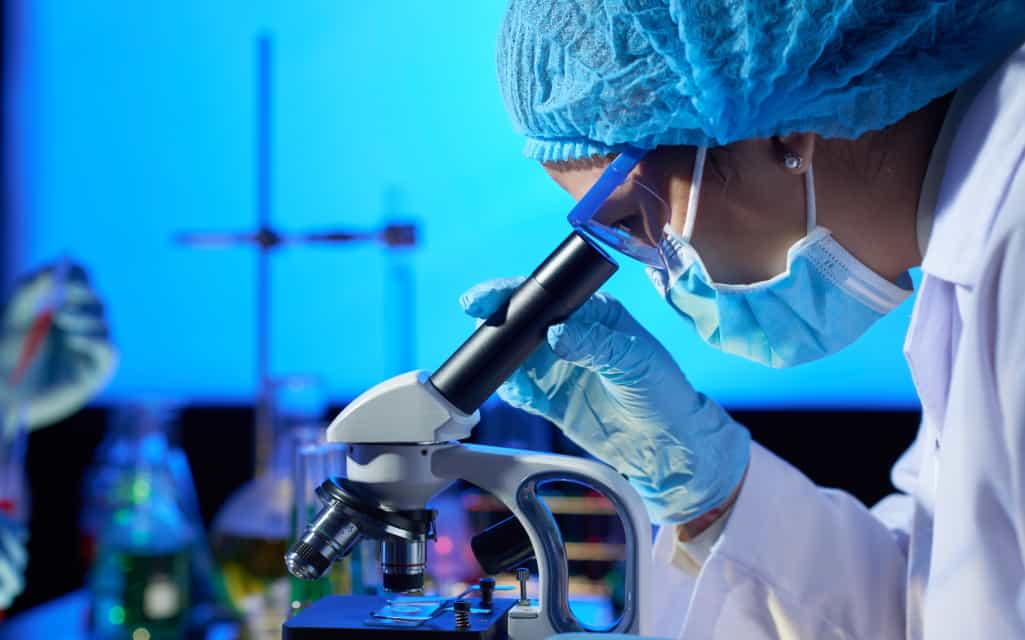A professional laboratory will have several pieces of equipment such as tissue homogenizers, chillers, centrifuges, etc. and they are quite expensive. Therefore, proper care is needed while maintaining such equipment to ensure longevity as well as efficient and accurate functioning.
Laboratory supervisors and technicians are often given the responsibility to maintain the available equipment, and it is quite a responsible task because faulty readings from lab equipment can be catastrophic in many scenarios. For those in search of ways to effectively take care of the lab equipment, here are some essential tips that will help you out.
5 Essential Tips to Ensure Longevity of Lab Equipment
Always Buy From a Trusted and Experienced Seller
Purchasing from a trusted and experienced seller is the first step you can take towards ensuring the longevity of your lab equipment. A mistake that most people do is to purchase cheaper priced equipment from rarely known laboratory furnitures suppliers.
As lab equipment needs to calculate complex and precise measurements, it is always advised to purchase such machinery from a well-known manufacturer.
Keep the Equipment Sterile and Organized
Cross-contamination and dust are two significant reasons why lab equipment damage quickly or show inaccurate readings. Therefore, it is essential to always keep the equipment and the lab surroundings clean, dry, and free of any contaminants.
Keeping the equipment organized is one of the easiest ways to ensure that no cross-contamination occurs. To avoid any chances of faulty readings, make sure to keep devices such as radiation monitoring system away from the lab equipment.
Repair/Replace any Faulty Components
Lab equipment is made up of several components. Therefore, it is vital to make sure that no parts are faulty to guarantee accurate readings. Moreover, if defective components are not repaired or replaced promptly, it will affect other components within the machinery as well.
Even if no faulty components aren’t visible, it is a good idea to service the equipment regularly to make them less susceptible to wear.
Conduct Regular Calibrations
The base values of measurements may show variations after extensive use. Nata pressure calibration ensures that the measurements/calculations done by the equipment match the standard values expected from it.
If the equipment is not calibration periodically, then it will start providing erroneous results and thus affect the performance of the components as well. Also, you must approach only professional and trained technicians for calibrating your equipment to make sure that no mishaps happen.
Follow Procedures and Precautions
Manufacturers usually attach information related to operating procedures and precautions that have to be followed while using the equipment. However, technicians tend to neglect such information to complete the tasks and get faster results.
Even though the procedures and precautions advised by the manufacturer can be time-consuming, such information is provided so as to ensure the efficient and accurate working of the equipment. Therefore, any information provided by the manufacturer must be appropriately understood and followed at all times.
Conclusion
As we mentioned in the beginning, lab equipment is quite expensive, and faulty readings from them can be a significant concern in scenarios where the equipment results are crucial. Therefore, it is critical to ensure that they are taken care of properly.
The five essential tips mentioned in this article are easy to follow and ensures the longevity of lab equipment with minimal troubles.



